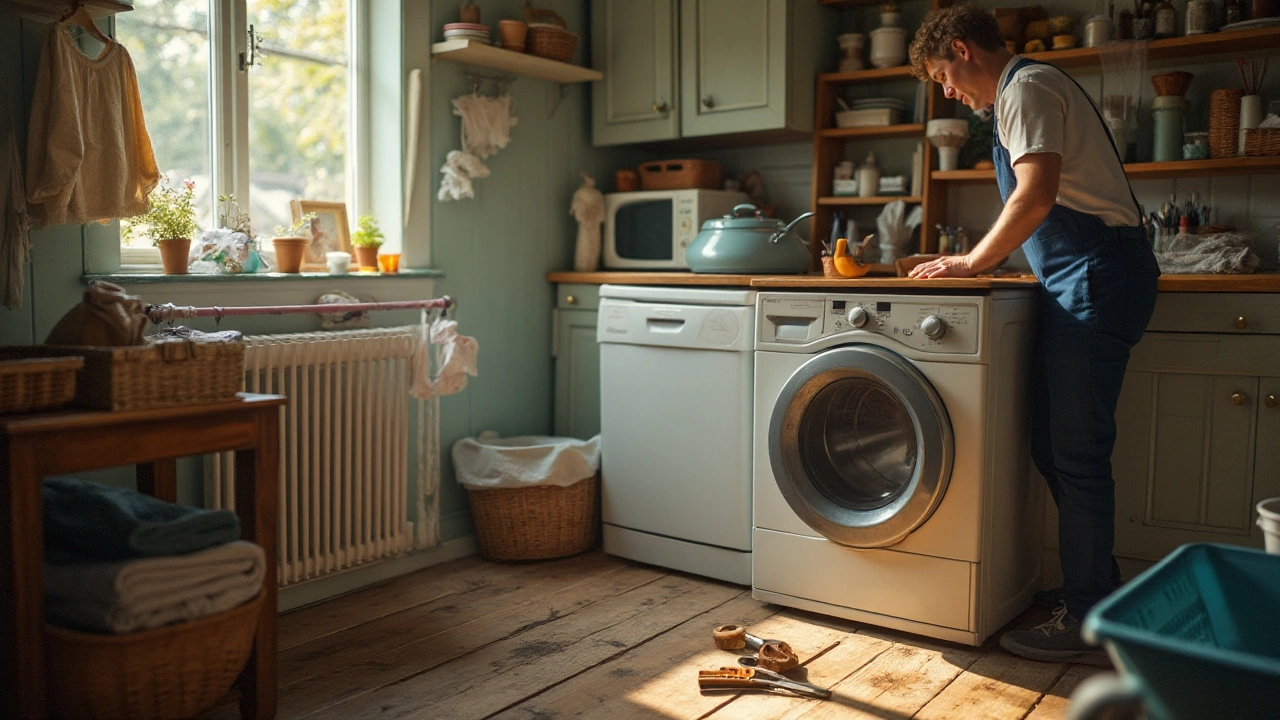Appliance Fixing: Quick Tips to Keep Your Home Running
Got a washing machine that won’t spin? A dishwasher that’s leaking? You don’t need to panic. Most household appliances have a few easy fixes that anyone can try before dialing a technician. In this guide we’ll walk through the most common problems, show you how to spot a simple DIY fix, and tell you when it’s smarter to call the experts.
Why Fix Instead of Replace?
Replacing an appliance can hit the wallet hard. A new fridge or oven often costs hundreds of pounds, plus the hassle of installation. Most issues – a faulty thermostat, a clogged filter, a loose hose – are cheap to repair. Fixing also reduces waste, which is better for the environment. If your appliance is only a few years old and the problem seems straightforward, give it a try.
Common Fixes You Can Do Today
Washing machines: If it won’t drain, check the pump filter first. It’s usually behind a small door at the front bottom of the machine. Clear any lint or coins and run a short cycle. A noisy drum often means the belt is loose or worn – unplug the unit, remove the back panel, and inspect the belt for cracks.
Dishwashers: A persistent leak is usually a bad door seal or a loose spray arm. Pull the bottom rack out, examine the seal for cracks, and replace it if needed. For a spray arm that’s not rotating, clear any food debris from the tiny holes using a toothpick.
Ovens and hobs: If the oven won’t heat, the heating element might be burnt out. Unplug the oven, remove the element, and look for visible breakage or a dark spot. A multimeter can confirm if it’s still conducting electricity. For a glass hob with a crack, a professional replacement is usually required, but small scorch marks can be cleaned with a specialized hob cleaner.
Refrigerators: Warm spots often mean the condenser coils need cleaning. Pull the fridge away from the wall, unscrew the rear panel, and vacuum the coils. This improves efficiency and can stop the unit from running constantly.
If any repair involves opening the back of an appliance that uses gas or high voltage, it’s safer to call a qualified engineer. Gas‑connected hobs, boilers, and water heaters need certified professionals to avoid hazards.
When you’re unsure, start with the simplest step: turn the appliance off, unplug it, and read the user manual. Most manuals include a troubleshooting chart that points you to the likely cause.
Remember, regular servicing can prevent many breakdowns. A quick annual check of filters, seals, and connections keeps everything humming along.
Got a specific problem that isn’t covered here? Our tag page pulls together dozens of detailed articles – from oven heating issues to boiler emergencies – so you can find the exact fix you need. If the DIY route doesn’t work, our local South Shields technicians are just a call away, ready to restore your appliances fast and affordably.
